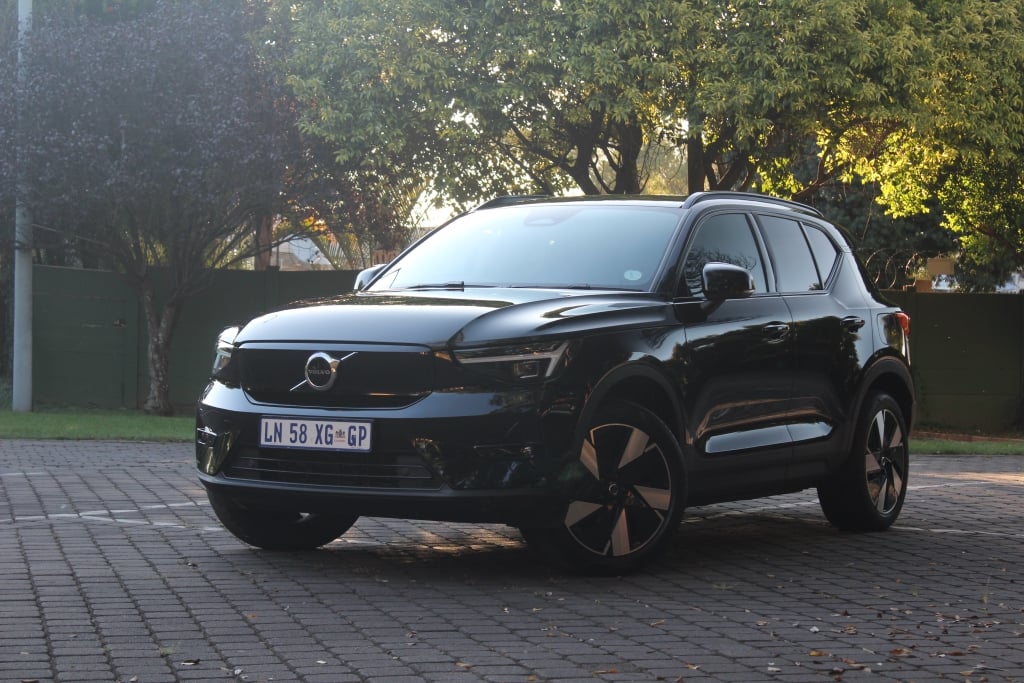
For its 2024 update, the single-motor Volvo XC40 Recharge switches from front- to rear-wheel drive, but remains almost identical everywhere else. This mechanical change makes a big difference to the driving experience, and turns the XC40 into the enthusiast’s car nobody ever imagined it could become.
What’s new for the 2024 Volvo XC40?
The last Volvo XC40 we reviewed was a different single-motor Recharge example in October 2023, before it received a comprehensive rework for 2024. Our report remarked that it was satisfying to drive and quick enough to provide some driving fun, but pointed out that its combination of instant electric torque and front-wheel drive put the test car’s stability control system to good use.
That early single-motor XC40 may also have evoked memories of other potent FWD Volvos from the recent past, being quick in a straight line but quite reliant on electronic driver aids to keep it all under control. This isn’t the case with the 2024 Volvo XC40, however, because the powertrain has been moved from the front to the rear axle in all single-motor variants.
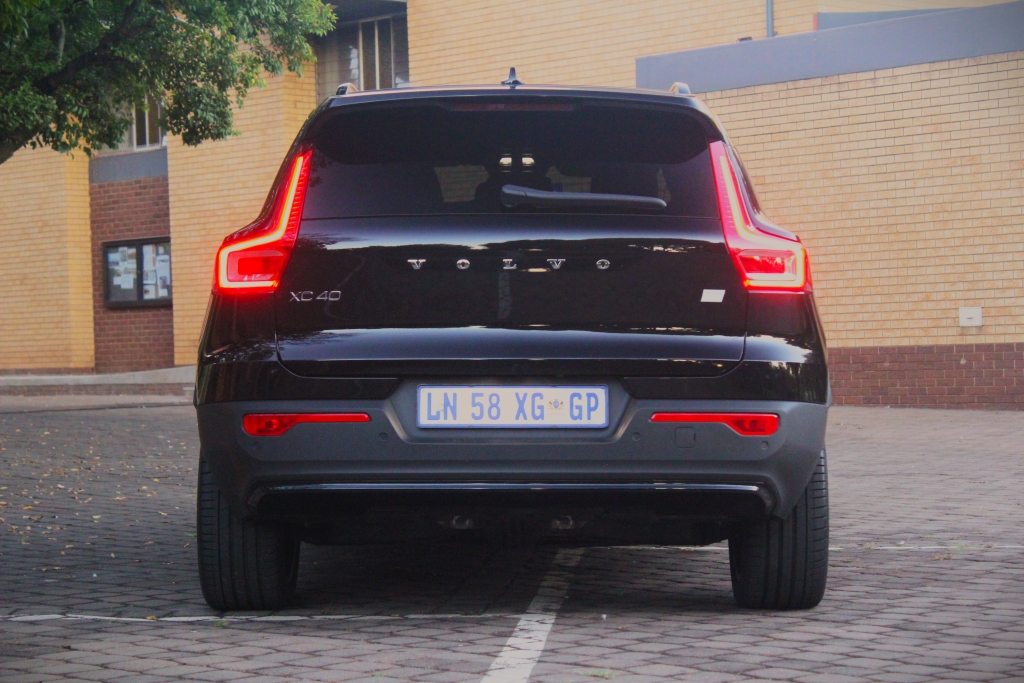
It may seem like a minor change, especially as the relocated motor only produces an extra 5 kW, but the resulting difference in the single-motor XC40’s weight distribution combines with the uncorrupted steering of a RWD car to turn the latest model into an even more entertaining package than before. While the XC40 isn’t a sports car by any means, the 2024 Recharge is also much more than just another compact SUV.
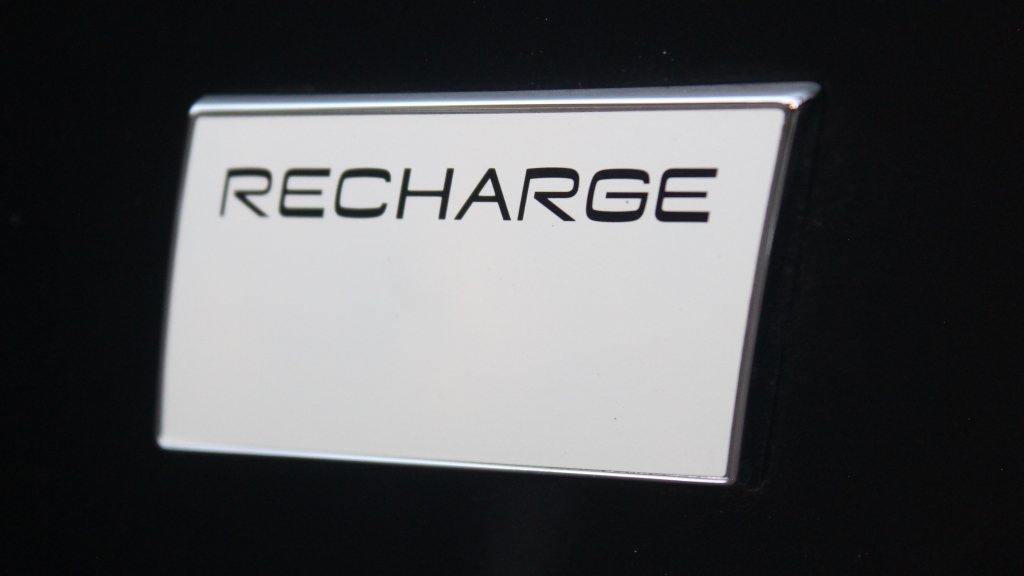
Still well-equipped
All the other positive attributes remain unchanged, such as a pretty good 250W, 8-speaker standard audio system fronted by a large Google-powered central touchscreen, extremely comfortable seats (electrically-adjustable with memory functions for the driver), and Volvo’s Pilot Assist driver assistance suite. The latter is one of the best of its kind out there, and mostly manages to be helpful without being obstructive to driver inputs.
Our test car’s mid-range “Plus” trim level misses out on the electric passenger seat adjustment and panoramic roof of the twin-motor “Ultimate”, but these omissions are easier forgiven than the absence of a surround-view camera. Those broad roof pillars and rising beltline can make tight maneuvers nerve-wracking, even with the standard rear-view camera’s decent clarity and field of view, and despite parking sensors on both ends.
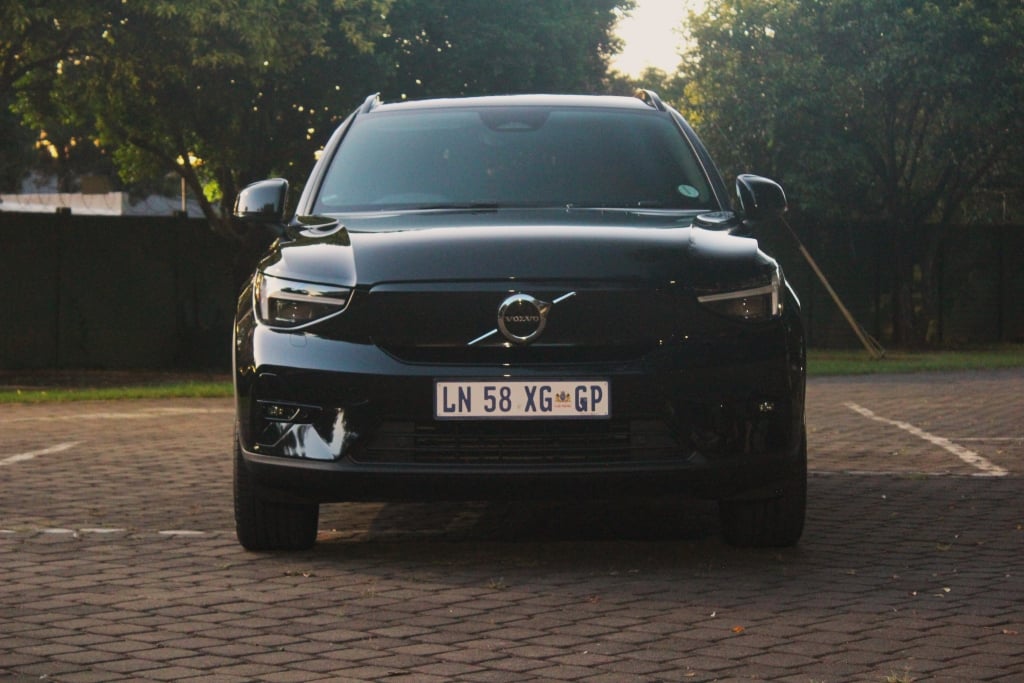
Volvo XC40 Recharge performance and driving experience
While peak motor output rises slightly from 170 kW to 175 kW, the single-motor Recharge’s torque output remains pegged at 330 Nm. Consequently, straight-line performance should be similar between the two drivetrain configurations. Volvo claims a 0 - 100 km/h sprint in 7.3 seconds, but on-road impressions suggest that it may be even quicker than that, thanks to the instant electric torque.
Overtaking performance is no less impressive, with the digital speedo leaping by 20 km/h within two seconds of the accelerator meeting the carpet, regardless of the initial speed. This car moves with real authority in the real world, and is perfect for exploiting small gaps in regular traffic and surprising the occasional GTI upon take-off alike.
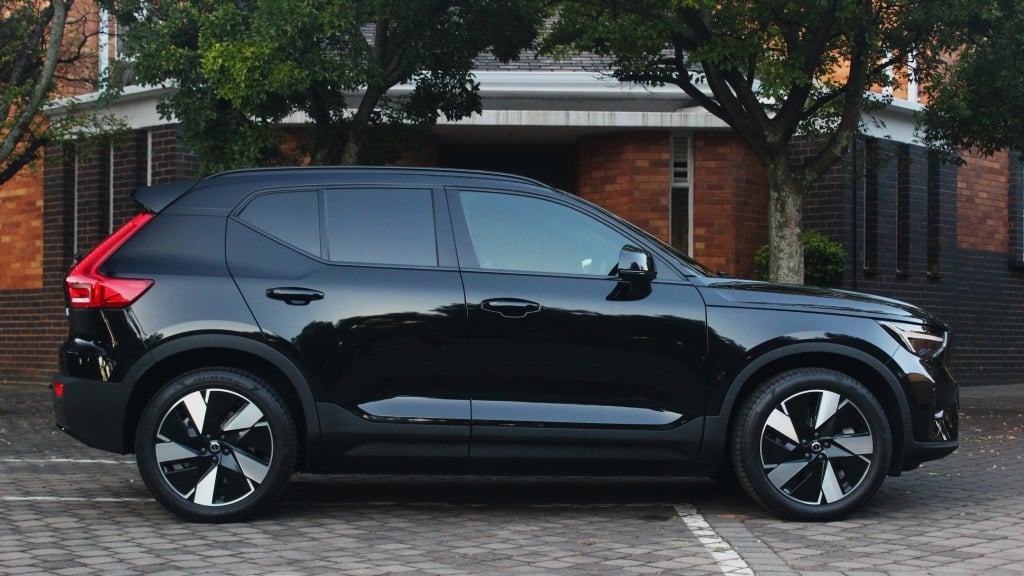
The suspension tuning is easily up to the performance demands, and manages to be mostly absorbent over rough surfaces while controlling the XC40 Recharge Single’s considerable mass with a firm hand - it weighs almost two metric tons, after all. Fortunately, most of that mass is located low down in the form of battery packs, and, combined with its well-matched springs and dampers, a surprisingly engaging driver’s car emerges.
This is only accentuated in the latest model, due to its front-end weight reduction and lack of driving forces through the front wheels. Don’t think the RWD XC40 will drift like an old RWD BMW, though - the stability control can’t be defeated and always catches the rear end as soon as it tries to step out of line.
Neutral handling is the name of the game here, and its behaviour is always courteous and consistent. This also ties in with optimal EV driving practice, which revolves around the conservation of energy. Don’t think of the XC40’s fine handling as a reason to go haring around, although you could if you want to, but instead use it to maintain as much of that precious kinetic energy as possible.
Related: Shop for a new or used Volvo XC40 from these CHANGECARS listings.
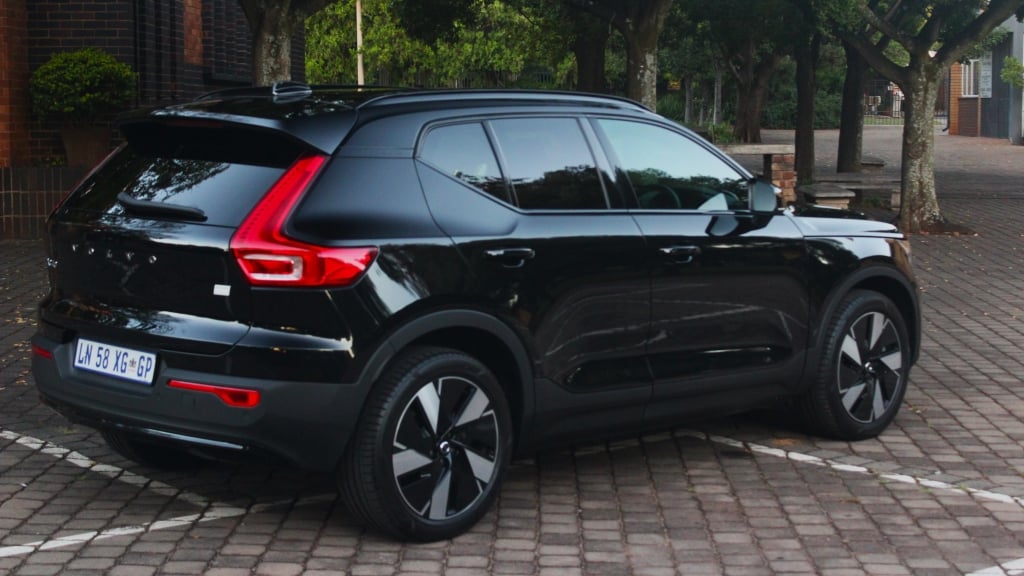
One-pedal Driving made easy
Perhaps the most charming aspect of an electric XC40 is that it feels this energetic all the time. There are no mode selections to be made, with only a two-setting steering assistance level and the choice between traditional accelerator pedal action or one-pedal driving to be found in the touchscreen menus. Also hidden behind those submenus are the driver assistance system settings, but because they generally work well, those adjustments received minimal attention.
The one adjustment which did receive a few prods before deciding on the preferred option is the one-pedal mode’s on/off/automatic setting. When set to off, the car essentially just coasts when the accelerator pedal is fully released or parses some power to the wheels depending on the pedal position.
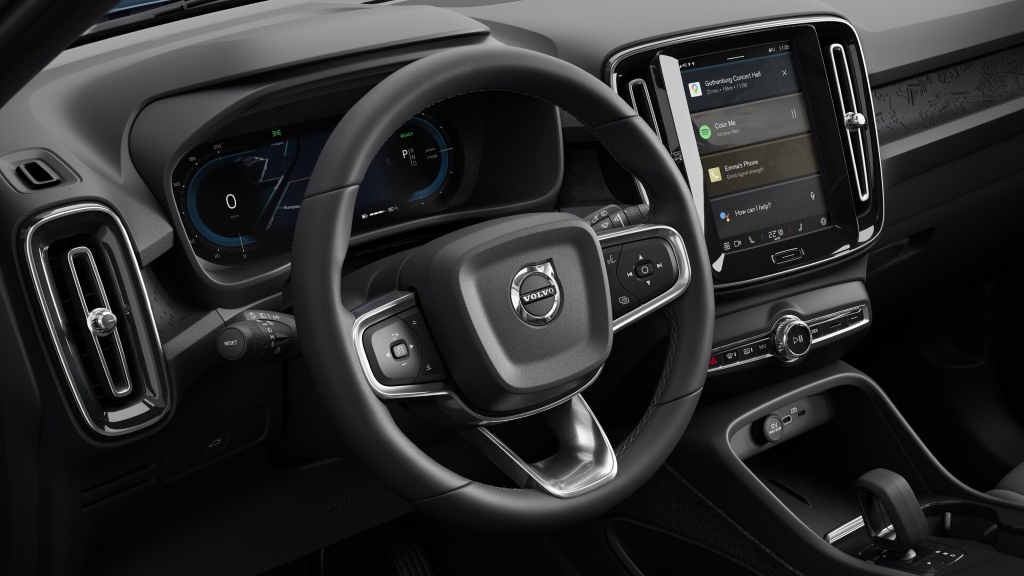
Set to on, the accelerator pedal essentially becomes a speed request device - press it deeper to send more electrons to speed up the motor, hold it steady to maintain the current speed, and activate energy recuperation by lifting off the pedal. In automatic mode, the car switches between modes according to its peak efficiency programming.
Unfortunately, it doesn’t always respond consistently during changing driving needs in auto mode, so one-pedal braking was set to remain permamently active. After the first few kilometers of driving in this mode, the driver’s brain quickly recalibrates to this unusual pedal operation, and after a week, one wonders why all cars aren’t like this.
Related: Familiarise yourself with the pros and cons of EV motoring with this article.
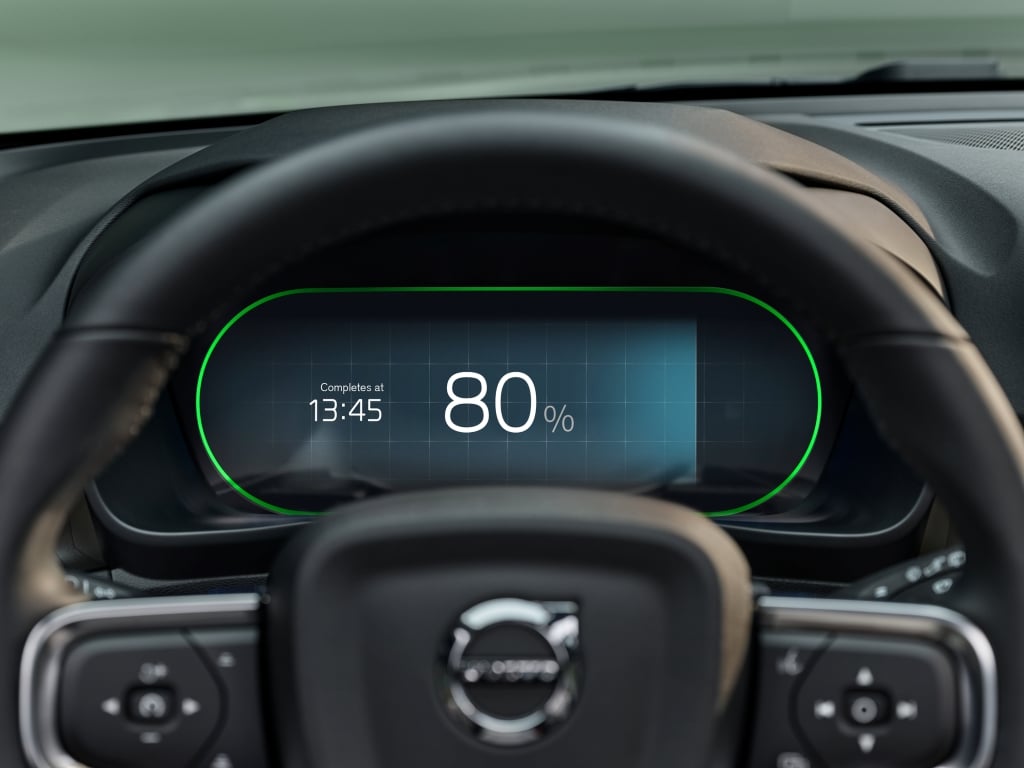
Fantastic accelerator pedal calibration, soggy brake pedal
The accelerator pedal has spot-on calibration in its one-pedal application, giving a broad range of power outputs and energy regen levels throughout its travel. Completely releasing the pedal liberates enough regen braking force to bring the car to a complete and smooth stop, and stomping it into the carpet immediately liberates all the ponies. It all becomes intuitive very quickly, following which regular driving will see the actual brake pedal getting almost no attention.
This is a good thing, because the brake feel is pretty vague. The first part of the second pedal’s travel mainly employs electric regeneration, with hydraulic braking blended into the response as the brake pedal travel increases. The issue isn’t the actual braking power at hand, because the anchors really do work well, but the vague “will it or won’t it” response of the brake pedal before it firms up and deploys the hydraulic system is annoying.
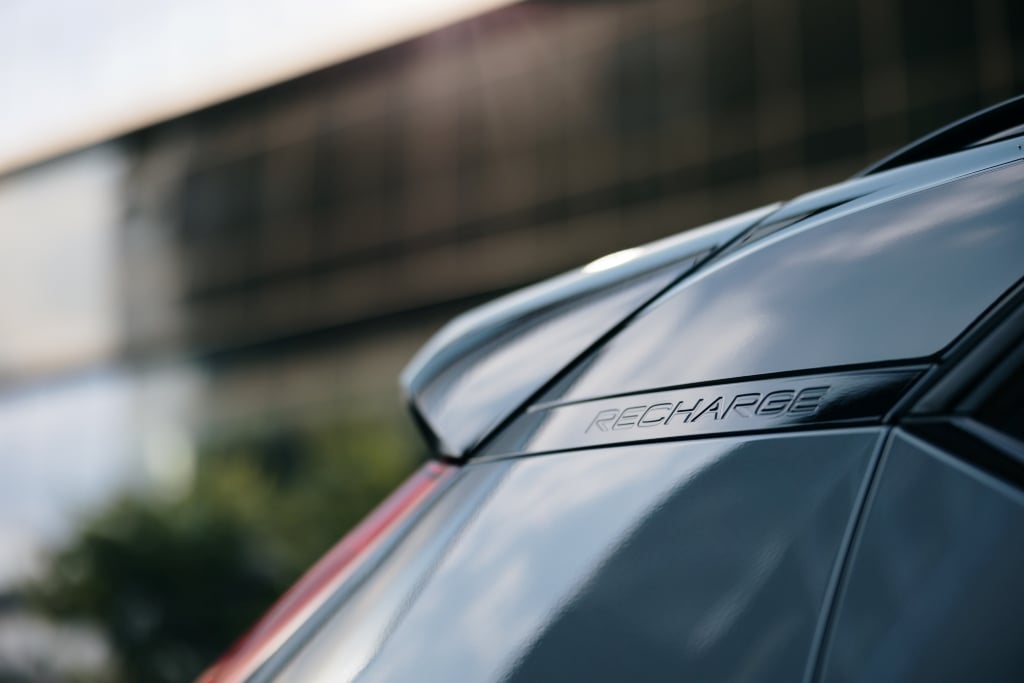
It’s fortunate that the one-pedal calibration is so good, then, because it effectively renders the brake pedal superfluous in all conditions except emergency stops, where the hydraulic brakes work just fine. This is also the main area where a legacy system (hydraulic brakes) often doesn’t mesh perfectly with an EV-specific system (brake energy recuperation), and is a common irritant among most current EVs.
Related: Are electric cars the solution to vehicle theft?
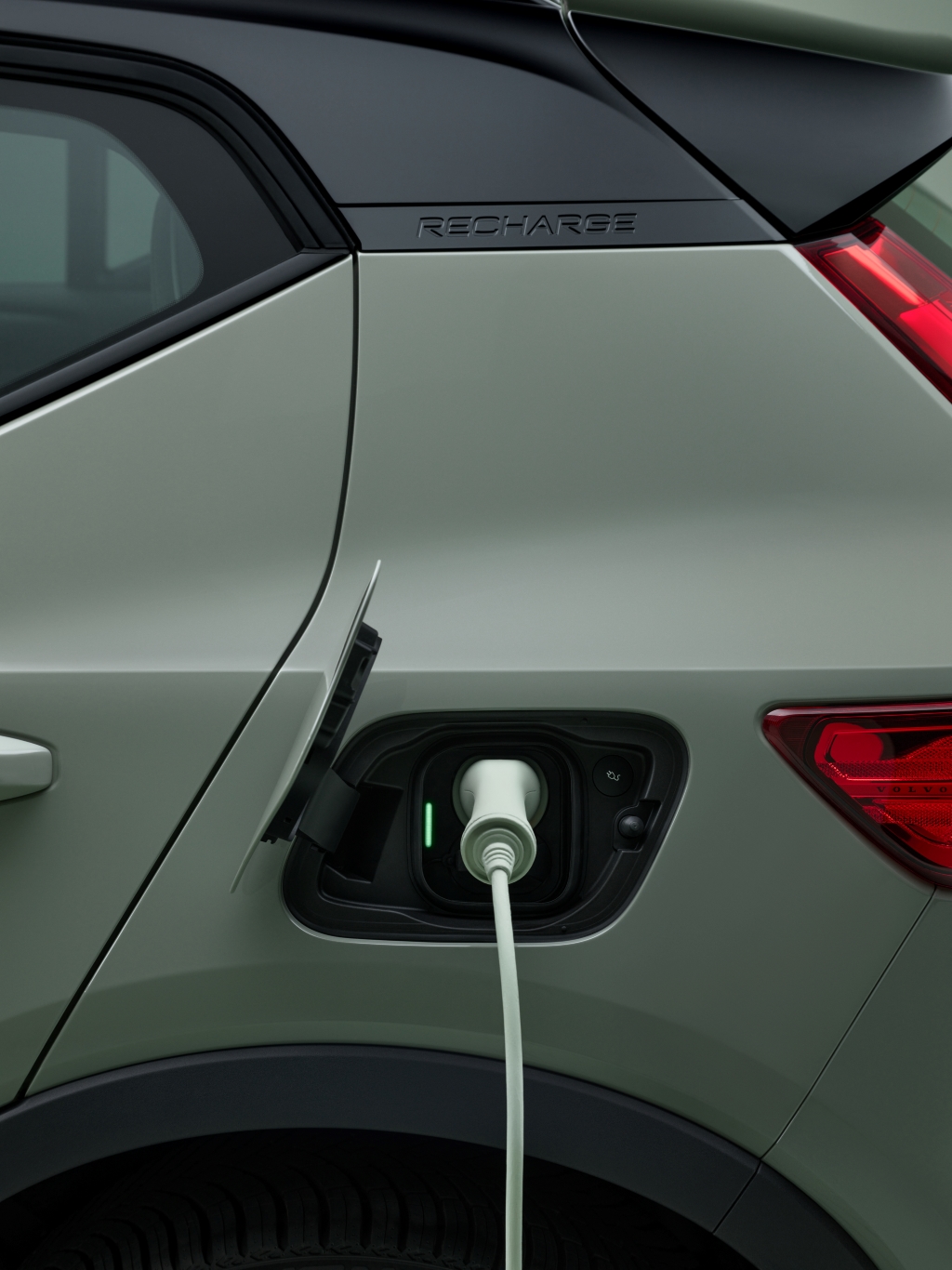
EV charging in South Africa
True high-speed charging facilities are still few and spaced far between in South Africa, and most of them will be found on or near the national roads. This will undoubtedly be beneficial to those who somehow decide to take their EVs outside their natural (city) habitat, but doesn’t do much to promote the sort of opportunistic charging we do with our smartphones.
Most of the suburban public charging stations currently around are pretty slow, with the example I tried out charging this test Volvo XC40 from 50% to only 56% in about 90 minutes. The 16A AC on offer at these stations are only 60% quicker than the standard wall socket and standard-equipment 10A unit at home, so it barely seems to be worth the bother in a quick stopover.
At least it’s not like you’ll be plugging in your XC40 overnight every night, because a real-world driving range between 320 km and 370 km (depending on driving conditions and performance demands) means that you should be good for at least two Joburg-to-Pretoria-and-back commutes on the freeway. If you drive around town, chances are you’ll only plug it in once a week, and if you commute on the N1, there are some actual fast-charging stations around to take you from 10 - 80% in as little as 33 minutes.
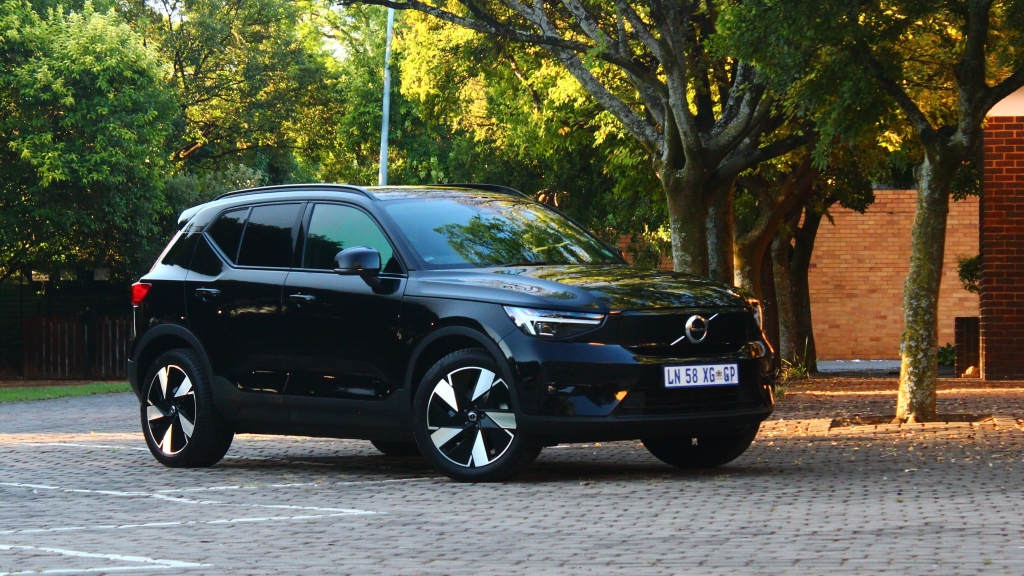
Volvo XC40 Recharge price
This is a potential sticking point, because the XC40 is a pricey car even with ICE propulsion, and even more so with battery power. There’s a considerable gap of almost R 300 000 between the top-spec petrol-powered XC40 (B5 Ultimate Dark) and the mid-spec single-motor model, making for a very long payback period if fuel savings are the main purchasing motivation.
It’s also likely that the EV will suffer sharper depreciation, although Volvo’s guaranteed future value on most of their vehicles (around 60% of the original value after 3 or 4 years) should alleviate some of that financial discomfort. However, at this price point, it might make more sense to lease one, enjoy it for a few years, and then exchange it for the next one.
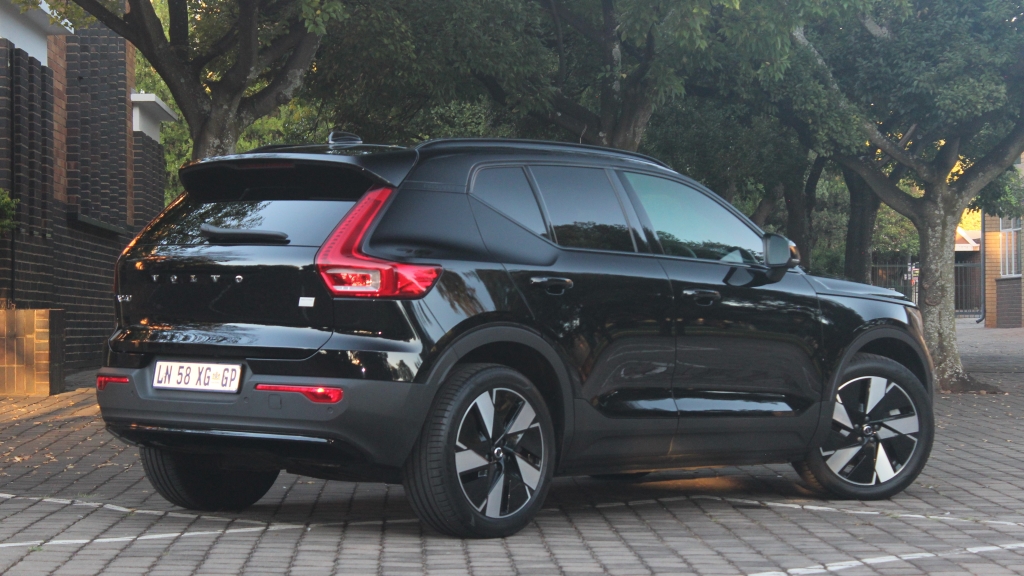
Should you buy a Volvo XC40 Recharge?
Evaluated on its own merits, the Volvo XC40 Recharge Single Motor makes a lot of sense. Apart from its pricetag, there’s no reason to not consider one, provided you have access to reliable high-speed (DC) charging facilities or don’t plan frequent long-distance trips. It does everything you could need from a car, is comfortable and functional in the role of an SUV, can go a decent distance between recharging sessions, performs well above expectations, and is even genuinely good to drive.
However, the XC40’s biggest challenge comes from within its own stable, because Volvo also offers the slightly smaller new EX30 with considerably lower pricetags in our market. The entry-level single-motor EX30 will be even quicker (because it weighs less and has more power), and can be had for similar money to a mid-spec petrol XC40 (saving more than R 330 000 on the price of the single-motor XC40 Recharge).
Related: Democratising EV performance - the Volvo EX30 has surprisingly reasonable pricing!
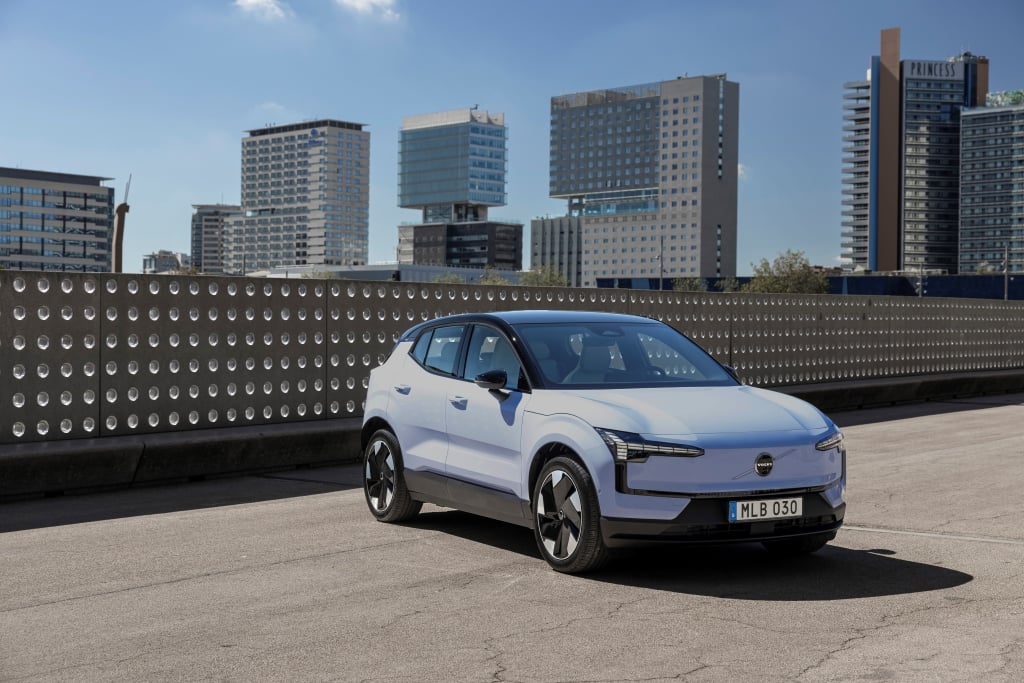
Even the highest-performing but mid-trim dual-motor EX30 will represent a saving nearing R 200 000 over the cheapest single-motor XC40, and will get you to 100 km/h in about 3.7 seconds for less than a million Rand. The bottom line is that the XC40 Recharge is a fine automobile and an excellent option for those who want their EVs to feel as conventional as possible, but its dual-powertrain adaptability means that it will be more expensive and more compromised than a pure-EV design.
If you want a satisfying car which just happens to be electrically powered even if it is quite conventional in operation, by all means consider the XC40 Recharge. But if you want the fully-optimised EV experience, the newer and smaller EX30 will make even more sense.
Martin Pretorius
- Proudly CHANGECARS











